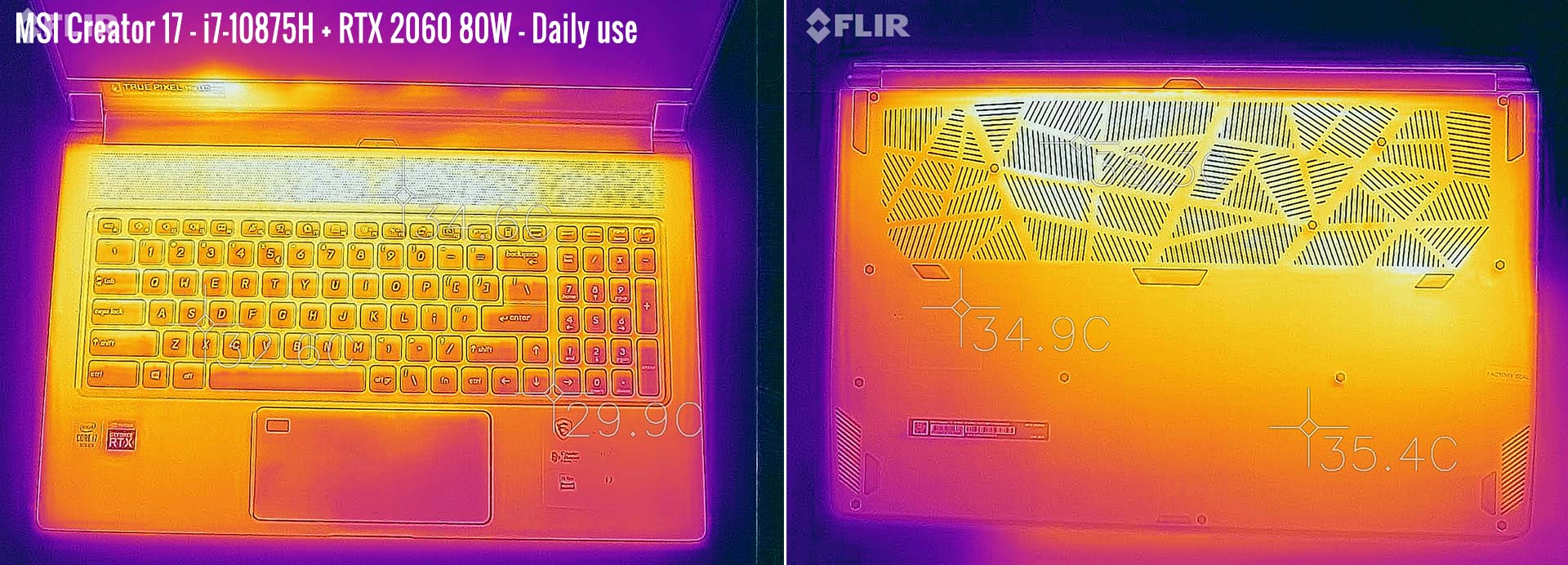
The color change lets the user know that the inside of their case is becoming hot and better airflow is needed to reduce system temperature. The Smart Temp Sensor Technology developed by MSI uses a special coating on the graphics card fan which enables it to change from blue to white when ambient temperature exceeds 45☌. Keeping Tabs on System Temperature with MSI's Exclusive Smart Temp Sensor Technology When a graphics card is operating at full capacity, the use of system cooling fans can make a difference of more than 12☌! Proper airflow is therefore critical to reducing system temperature and avoiding system crashes from overheating.

When the graphics card was operating at a full load, the GPU and graphics card components were 9 degrees hotter, while ambient temperature inside the case jumped a full 12 degrees, to 49.2☌!1 Higher system and component temperatures can not only lead to system instability but will also shorten the product's lifespan as well. A simulation was used to compare a system with its normal complement of fans and a gamer's system with fewer fans. This may provide a quieter environment, but it also reduces airflow within the case. Gamers often reduce the number of cooling fans in their cases to reduce noise. Having Fewer Case Fans Makes Systems Run 12☌ Hotter! Smart Temp Sensor Technology: The graphics card's fan changes from blue to white when ambient temperature exceeds 45☌.

Choosing a MSI graphics card with Smart Temp Sensor Technology means no more problems with overheating systems. The Smart Temp Sensor Technology's color-changing fan allows hardcore gamers and users with quieter PC setups alike to check system temperature with just a glance and adjust the system's cooling for better stability. To overcome this problem, leading motherboard and graphics card manufacturer MSI has unveiled its exclusive Smart Temp Sensor Technology: A special coating on the fan now changes from blue to white when the ambient temperature exceeds 45☌ (degrees Celsius), giving users a clear indication of their system's temperature.

However, having fewer fans in place ends up reducing airflow inside the case, which can lead to system instability from overheating. Many gamers these days reduce the number of cooling fans in their cases in order to build computers that run more quietly.


 0 kommentar(er)
0 kommentar(er)
